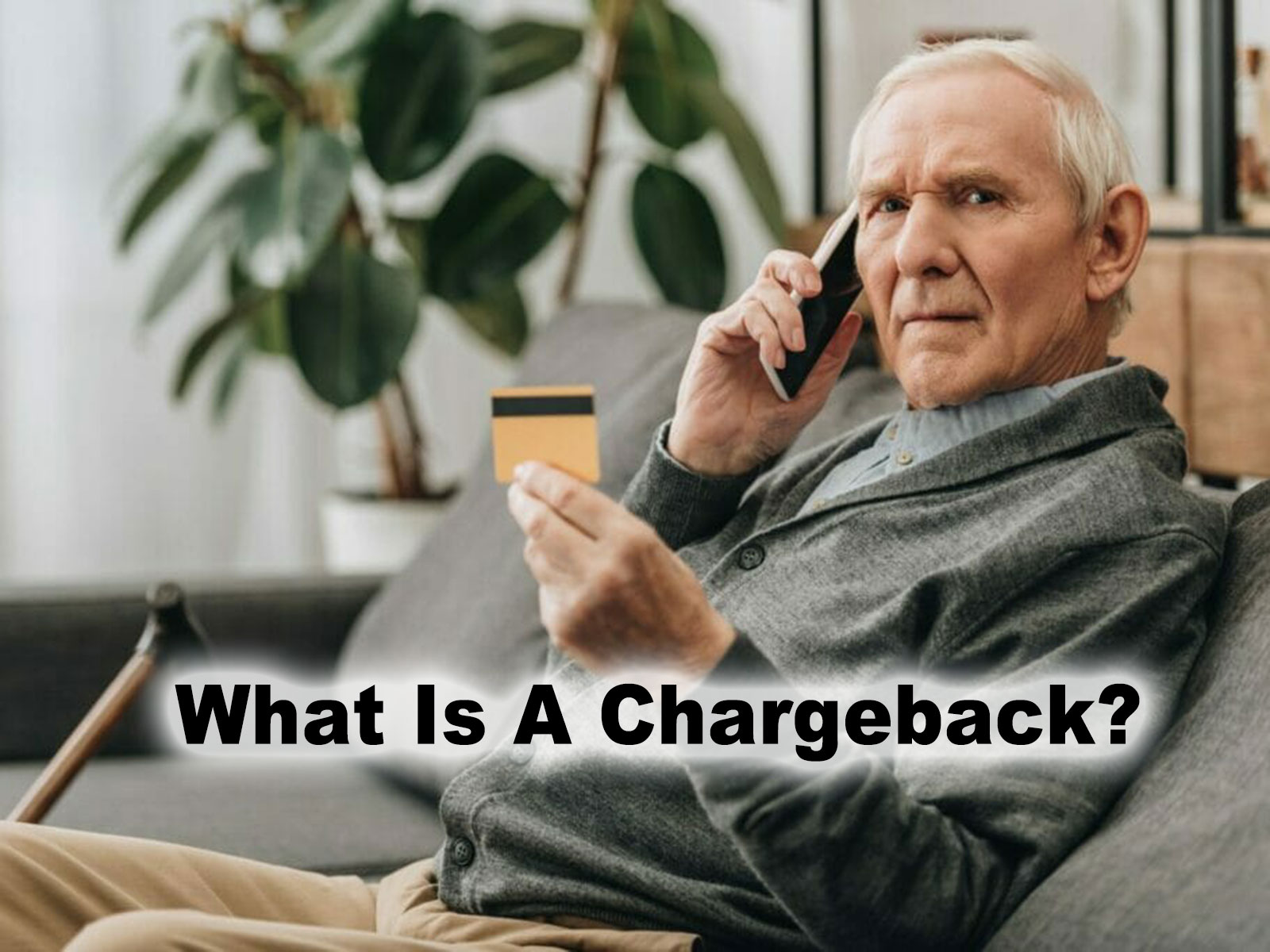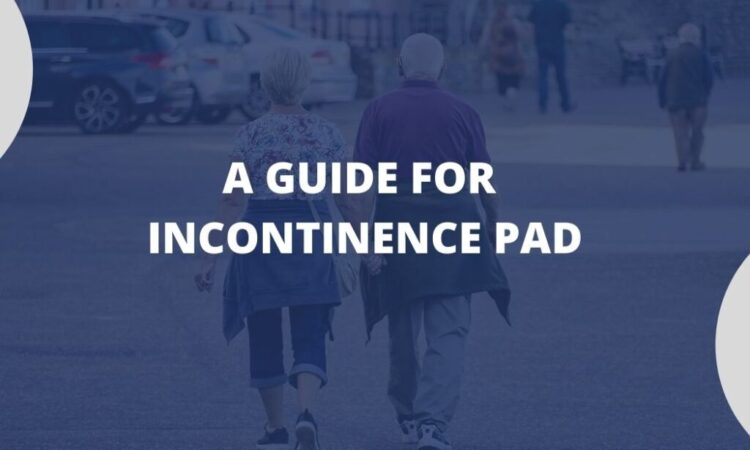What Exactly Is A Chargeback? Chargebacks are an important protection that contributes to public trust in credit and debit card payments, particularly when making online transactions. They may, however, be a significant problem for merchants who must deal with them. Many customers dispute transactions that do not fall under the small list of concerns that chargebacks intend to address, or they file a dispute without contacting the merchant.
Chargebacks are increasing annually, and the coronavirus pandemic resulted in a considerable increase in disputes in 2020 and 2021. As the frequency of chargebacks has increased, more businesses are taking precautions to avoid and battle them. What exactly are chargebacks, and what should merchants know about them in order to prevent and fight them as effectively as possible?
What is a chargeback?
A chargeback is a credit card transaction that the cardholder’s bank reverses when the cardholder challenges a charge on their account. Chargebacks are sometimes known as payment disputes.
The phrase chargeback is simple to define. Without the merchant’s approval, the bank will charge back the disputed transaction amount and refund the money to the cardholder.
When a cardholder rejects a charge, banks often review the transaction and, if the foundation for the dispute is valid, credit the customer’s account provisionally until the chargeback claim is resolved.
Chargebacks were implemented as a direct response to widespread theft by fraudsters who may exploit and misuse stolen credit information with no redress for the victim.
Think about the following: When a credit card is lost or stolen, it is used to make unauthorized purchases. Without a Chargeback, the cardholder would have little or no options for recovering their money once the merchant had been paid.
The chargeback approach allows customers to be reimbursed by their banks while also allowing banks (rather than cardholders and businesses) to make decisions about how to handle the situation. While the technique was not recognized as a chargeback at the time, it would lay the groundwork for the contemporary dispute system.

What is the procedure for chargebacks?
Cardholders initiate chargebacks, which are then evaluated by banks and paid for by businesses. A single chargeback might take months or even years to complete.
While banks may submit chargebacks for various reasons, including authorization or processing errors, the vast majority of chargebacks occur when a customer contacts their card issuer or bank to dispute a charge on their account. They typically do this because they are unfamiliar with the charge and assume it is false.
In other cases, a cardholder may dispute a charge if they think they did not receive what they paid for and the merchant has refused to correct the problem.
Once a chargeback is initiated, it will essentially travel back and forth between the issuing bank and the merchant until one of them takes responsibility or the card network is called in to address the issue.
What is the distinction between a section 75 and a chargeback claim?
Section 75 only applies to credit card purchases ranging from £100 to £30,000. You can use chargeback for any debit, credit, or prepaid card amount.
A Section 75 claim is legally established, which implies that your card issuer carries the same obligation as the merchant to ensure the quality of your items or services.
Chargeback, on the other hand, is a voluntary agreement between card issuers and providers such as Visa, Mastercard, and American Express.
Section 75, because it is legally enforceable, usually gives you a better chance of getting your money back, albeit chargeback may be a better option if Section 75 does not apply.
What exactly is the chargeback procedure?
The chargeback procedure starts with the merchant’s option to accept or reject the chargeback via representation. The issuing bank examines the merchant’s proof and decides whether to reverse or sustain the chargeback in representation. Most chargebacks end here; however, there are certain exceptions.
- When a cardholder files a chargeback request with their issuing bank, the bank analyzes whether the request is justified.
- If the chargeback is accepted, the bank will notify the acquiring bank (also known as the merchant’s bank) and deduct the funds from the merchant’s account.
- The company can accept the chargeback or contest it by resubmitting the charge along with a rebuttal letter and appropriate documents to counter the claim. This is referred to as representation.
- Before making a decision, the issuing bank will review the new evidence. If they determine in favor of the merchant, the funds will be refunded.
- At this point, any party who is unhappy with the judgment can appeal it by asking for pre-arbitration. This generally occurs when the issuing bank takes a decision in favor of the merchant but then receives new evidence that brings that decision into question.
- The chargeback is referred to arbitration if neither party admits fault within the pre-arbitration period. The card network will go over the facts and make a decision here. This decision cannot be appealed, and the losing party must pay hundreds of thousands of dollars in fees.
- The time it takes for a firm to respond to a dispute varies based on the credit card network and the reason code. The merchant’s deadline may differ from the time restriction given by the card network’s standards since the period begins when the chargeback is initiated rather than when the merchant is notified.
What are the implications of chargebacks for merchants?
When fees and other costs are included, chargebacks can cost merchants up to twice the transaction value. They also increase the merchant’s chargeback percentage, which might have serious consequences.
Suppose a merchant’s chargeback ratio exceeds certain thresholds established by card networks and other financial institutions with which they do business. In that case, they may face fines, higher chargeback charges, and even account termination. The most common threshold is 1%; however, Visa recently cut it to 0.9%.
How many chargebacks occur each year?
Chargeback information is frequently shared only with the individuals involved, and the card networks appear disinterested in sharing whatever data they have. As a result, obtaining specific information on the number of chargebacks is hard.
We also know that chargebacks continue to rise year after year. Aite Group predicted in 2018 that total chargebacks would reach $35 billion by 2021, and given the surge in disputes that preceded the COVID-19 outbreak, it’s not surprising that we’ve already surpassed that figure.
How do you go about filing a chargeback?
It is not advisable, and in certain cases unlawful, to submit a chargeback without first consulting the vendor. If you’ve tried unsuccessfully to address the matter with the merchant, call your bank and request that the transaction is challenged.
Typically, the bank will issue you a temporary credit for the amount of the charge while investigating the claim’s legitimacy. Prepare to go into depth about your encounters with the merchant and the steps you took to resolve the situation.
Customers submit chargebacks for a variety of reasons
Customers who don’t recognize a transaction or are dissatisfied with their purchase regularly file chargebacks. As friendly fraud becomes more frequent, it’s important to note that the customer may want to obtain something for free in certain cases.
Examining the reason code on the chargeback may help you determine why a customer questioned a transaction.
Each chargeback is issued a reason code. The major card networks (Visa, Mastercard, Discover, and American Express) created these codes to explain the grounds for a chargeback request clearly.
What do chargeback reason codes mean?
Chargeback reason codes show retailers why a customer is disputing a charge based on the information they provided to their bank. Each reason code is accompanied by a set of proof and evidence standards that determine whether the chargeback is justified or not.
Some customers may incorrectly conclude that a charge on their account was illegal because they do not recognize the name of the company stated in their account. Others may have failed to pay a recurring fee that they agreed to pay.
Some customers desire to file a chargeback because they had a terrible encounter with the shop, but they realize their rationale is invalid. In order to obtain the chargeback, they lie to the bank about the reason for the request. In rare cases, a customer may have made a purchase with the intention of later fraudulently challenging the charge to recoup their money.
When is it legal for a cardholder to challenge a charge?
Chargebacks are not something that cards can easily use if they are unhappy with what they purchased. Regarding chargebacks, there is usually just one situation in which a cardholder should contact a bank first: actual fraud.
Suppose a cardholder is the victim of true fraud (card theft, identity theft, etc.). In that case, a chargeback is lawful and the most ethical option for the issuing bank and merchant to resolve the issue.
Customers can also file chargebacks if they did not receive the products or services for which they paid, whether as a result of a missing or damaged shipment or an incorrectly delivered item.
Being charged twice or more than the agreed-upon purchase price is another valid ground for a conflict.
Problems like these, on the other hand, are typically addressed more swiftly and when the customer approaches the shop, and a chargeback should be used only when the merchant is unwilling to assist.
Depending on the cardholder’s activity, the phrase “chargeback” might have different meanings. Although the word is typically used to refer to chargebacks for true fraud, some consumers commit “friendly fraud” by starting a chargeback for no legitimate reason.
Customers cannot protest a fee just because they are dissatisfied with the products or services they received. These issues should always be addressed directly with the seller.
What are the three different kinds of chargebacks?
Chargebacks are classified into true fraud, friendly fraud, and merchant mistake. Each group results from diverse circumstances and should be dealt with accordingly. The most common kind of chargeback is friendly fraud, which accounts for 60% to 80% of all chargebacks.
True Fraud
True fraud chargebacks are what chargebacks were intended to address: unauthorized credit card transactions performed by a fraudster or identity thief. Merchants should avoid wasting time and money contesting these chargebacks.
The best way to avoid fraud chargebacks is by using fraud protection software. AVS and CVV matching are the bare minimum, but many merchants now utilize 3-D Secure 2.0 or third-party solutions that use machine learning to weed out fraudulent transactions.
Friendly Fraud
Customers report valid charges as fraudulent to get the payment returned, which results in friendly fraud chargebacks. They may do this on purpose, with malice or criminal intent, or out of frustration or perplexity. Friendly fraud chargebacks are commonly mistaken for true fraud chargebacks, with the client incorrectly claiming that they did not authorize the payment.
These chargebacks are difficult to avoid, but they can be contested in court to recuperate lost funds. Customers that submit favorable fraud chargebacks may also be barred.
Merchant Error
Chargebacks for merchant errors occur when the chargeback results from a merchant error, such as shipping incorrect items. Disputes like this can be successfully fought on occasion, but the flaws in merchant systems that these chargebacks show must be corrected to avoid similar future chargebacks.
Chargebacks due to merchant error may be avoided by tightening business operations, providing conveniently accessible and great customer service, and implementing a generous refund policy.
Who is responsible for chargebacks?
In most cases, merchants are liable for chargebacks and have the burden of proof in any dispute. A merchant must explain why a chargeback should be reversed. If the merchant does nothing, the cardholder automatically wins.
If a card-present merchant uses an EMV chip to make a purchase and the transaction is fraudulent, the issuing bank is held liable rather than the store. Chargebacks caused by merchant errors are still the merchant’s obligation.
Should merchants challenge chargebacks?
If a chargeback looks to be illegitimate, businesses should fight back as much as possible through counsel. Even if a customer claims that a transaction was fraudulent, merchants typically have the documentation to prove otherwise, allowing them to recuperate their losses.
Merchants who get an unreasonable chargeback have the option to contest the case. To do so, they must first compose a rebuttal letter in which they argue their case, as well as a number of supporting papers and documentation. The reason code associated with the chargeback will define the sort of proof required.
When a merchant disputes a cardholder chargeback, the representation step begins. During this process, the store provides information regarding the transaction and why they believe it was lawful.
Discover How To Fight Them! The merchant is in charge of their sales. Smart Way and/or their chargeback management supplier will develop a dispute package describing the facts and persuading the issuing bank to comply with that bank’s rules.
The acquiring bank then communicates the information to the issuing bank via the credit card network, which decides and notifies the parties concerned.
If you wish to contest a chargeback, you must act quickly. Because issuers occasionally delay in notifying acquirers and merchants of chargebacks, you may only have a short time to reply. Having a chargeback representation team on hand may help you act fast and efficiently, no matter the deadline.
How should a chargeback reply letter be written?
Depending on the credit or payment provider, you can write a letter or submit a form with your dispute information package. A response letter summarizes your stance and addresses the cardholder’s concern.
A quick response letter will help you cope with bogus chargebacks and win disputes. When done correctly, a rebuttal letter explains why the customer’s statements are false and what proof you have to back them up. When disputing friendly fraud chargebacks, a strong response letter accompanied by proper documentation can generally persuade the issuing bank to rule in your favor and recover your money.
Can you stop all chargebacks?
Not every argument is avoidable. Some result from genuine criminal behavior, while others result from merchant mistakes or oversights. Merchants may reduce chargebacks by up to 70% if proper procedures are taken.
Studying and fighting disputes may help you understand why they’re happening to you, and correcting those underlying issues is by far the most effective method to avoid future chargebacks.
How much do chargeback fees cost?
Chargeback fees range from £20 to £100, depending on your acquiring bank. In contrast, the true cost of a chargeback is typically up to 2.5 times the transaction value. As a result, for a £100 chargeback, a merchant would spend £250 in fees, penalties, customer acquisition costs, and other charges.
Chargebacks might jeopardize both your cash flow and your merchant accounts. They might increase your merchant account fees or shut your accounts, preventing you from accepting payments.
Understand the facts regarding chargebacks.
When you understand what chargebacks are, you may more successfully fight them, learn from them, and take preventative actions. Even if you employ a chargeback management service to handle them for you, knowing the facts about chargebacks will help you assess whether that company is providing a reasonable return on your investment.
How can Merchants avoid Chargebacks?
Chargebacks can be avoided by employing more secure payment processing solutions, such as Vendreo Pay. Vendreo incorporates Open Banking and biometric security into the consumer’s open banking app.

Frequently Asked Questions about Chargebacks
What exactly is the distinction between a chargeback and a refund?
A chargeback occurs when a cardholder contacts their issuing bank to request that a transaction be reversed. In the case of a refund, the client first notifies the merchant, and the merchant can then initiate a return payment, avoiding the charges and other consequences of chargebacks.
How much time do you have to argue against a chargeback?
Depending on the card network, a retailer has between 7 and 30 days to respond to a chargeback. If the retailer does not respond by the deadline, they will automatically lose and may be assessed an additional fee.
What exactly is a chargeback threshold?
The most common chargeback threshold is 1%, which is calculated as a ratio of chargebacks to total transactions. Chargebacks that exceed a merchant’s chargeback threshold may result in penalties, including account cancellation.













